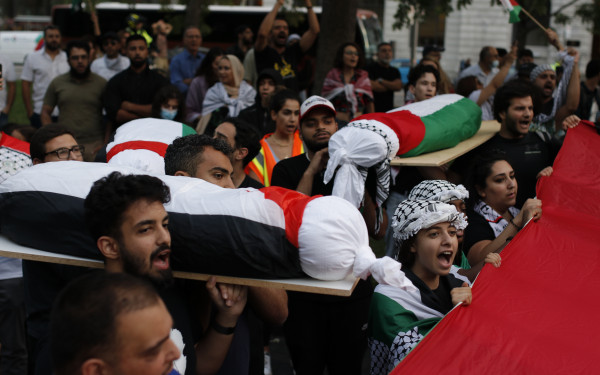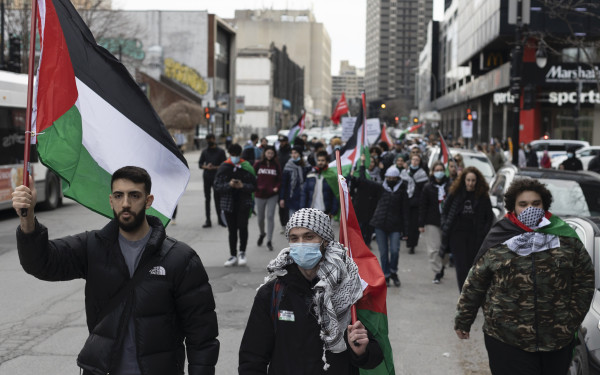Alternative Press in the Gaza Strip
Breaking the Story
Alternative media is growing to be as essential to journalism as a picture is to a story. In both cases, what was once a complimentary partnership quickly evolved into a symbiotic relationship.
“Independent and social media [are] much more relevant [than mainstream and mass-media] to the pulse of societies around the world,” said Stefan Christoff, a Montreal-based journalist and activist. “Of course investigative journalism is still crucial. It has a power that Twitter will never have.”
Alternative media is a term used to describe content that offers different views and coverage of events. It also describes content that is not produced by mainstream, corporate-owned, profit-driven media organizations. Mainstream media is designed to cater to a public majority and inevitably generates homogenous content.
Paradoxically, the exact features of content and structure of today’s mainstream and mass media are what hold journalism back from fulfilling its essential functions. In academic and journalistic circles there have long been talks of the need for a remedy—perhaps a possible overhaul of the state of journalism, especially with the growth of media-related technology.
Christoff defined journalism as the process of monitoring power.
“Unfortunately, a lot of mainstream media today is not about monitoring power, it’s about colluding with power,” said Christoff, who noted that this is where alternative media comes in as a possible remedy for the flaws and limitations of mainstream media. “I think because people have been critical of this kind of relationship there has been a massive shift towards independent media.”
As alternative media gains a wider readership and a rising presence in mainstream media, questions on its present and future roles in journalism are increasingly relevant. Presently, alternative media is taking on a filler role, presenting alternative content to occupy gaps left by the mainstream media.
But what happens in a case where mainstream coverage is missing?
Live, from Gaza
In December 2008, Israel began a deadly and controversial war in Gaza, known as Operation Cast Lead, and not a single mass-media outlet was allowed into the strip to document or relay the story to the outside world.
Mass-media was not wholly shut off, as Palestinian reporters within Gaza were able to report for Western and mainstream publications. Al Jazeera had two correspondents in Gaza before the conflict began. The absence of foreign correspondents and the resulting reliance on alternative coverage of the war makes the conflict an ideal case study for exploring present and future roles of alternative media.
Christoff said the reliance on alternative media during the war on Gaza was groundbreaking because, for the first time, Palestinians were able to tell their own stories during a major conflict.
The war on Gaza violated many human rights norms and international laws including the Geneva Conventions and resulted in the deaths of over 1,400 Palestinians—the vast majority of whom were civilians.
These aspects of the war heightened the necessity of media coverage and because mass media was so severely restricted, the weight fell on the shoulders of independent reporters.
Christoff said independent media coverage of the conflict widened the reporting lens, enabling the inclusion of the human rights sphere of a conflict.
“The nature of the media today is very different and people having the ability to access a variety of sources online creates an entirely different media landscape, one that I think is much more conducive to voicing a human rights perspective on the conflict, rather than a simple conflict-driven narrative,” he said.
In addition to covering the war almost exclusively, Christoff added that alternative media in some cases fuelled political reactions to the war.
“Independent media really helped galvanize the major street protests around the world in opposition to the war. [This created a situation in which] on one side of the coin vibrant street protests were taking place around the world and on the other side there was a major independent media response. Both were integral to creating a situation where Israel’s bombardment of Gaza was a galvanizing moment in shifting global public opinion on the conflict,” said Christoff. “We saw it shift towards a sympathy on a basic level towards the Palestinian victims of the attacks, which is a huge development because I think often in the western media the Palestinian story is dehumanized.”
Christoff said that the media coverage of the war offered an alternative and genuine form of resistance.
“One of the biggest challenges to Israel’s military attack on Gaza, aside from the Palestinian resistance, was the international independent media and the major efforts around the world to track, critique and detail Israeli actions that later were deemed to be war crimes by the United Nations,” said Christoff.
Could mainstream media have had the same political effects?
Journalism is fundamental to all states and societies, and even moreso in democracies where informed citizens are crucial to the mechanics of politics. Mainstream media has proven to be flawed, limited and inadequately equipped to function as a guard-dog for society where alternative media could soon flourish.
Christoff’s description of alternative media as it currently works edges journalism closer to its functions, especially those within a democracy, as a guard dog and an avenue of essential information. This has become a plausible future for alternative media. If in a fair fight the truth will always prevail, it seems alternative media is best equipped to bring the truth closer to a fair fight.
This article originally appeared in Volume 31, Issue 10, published October 19, 2010.

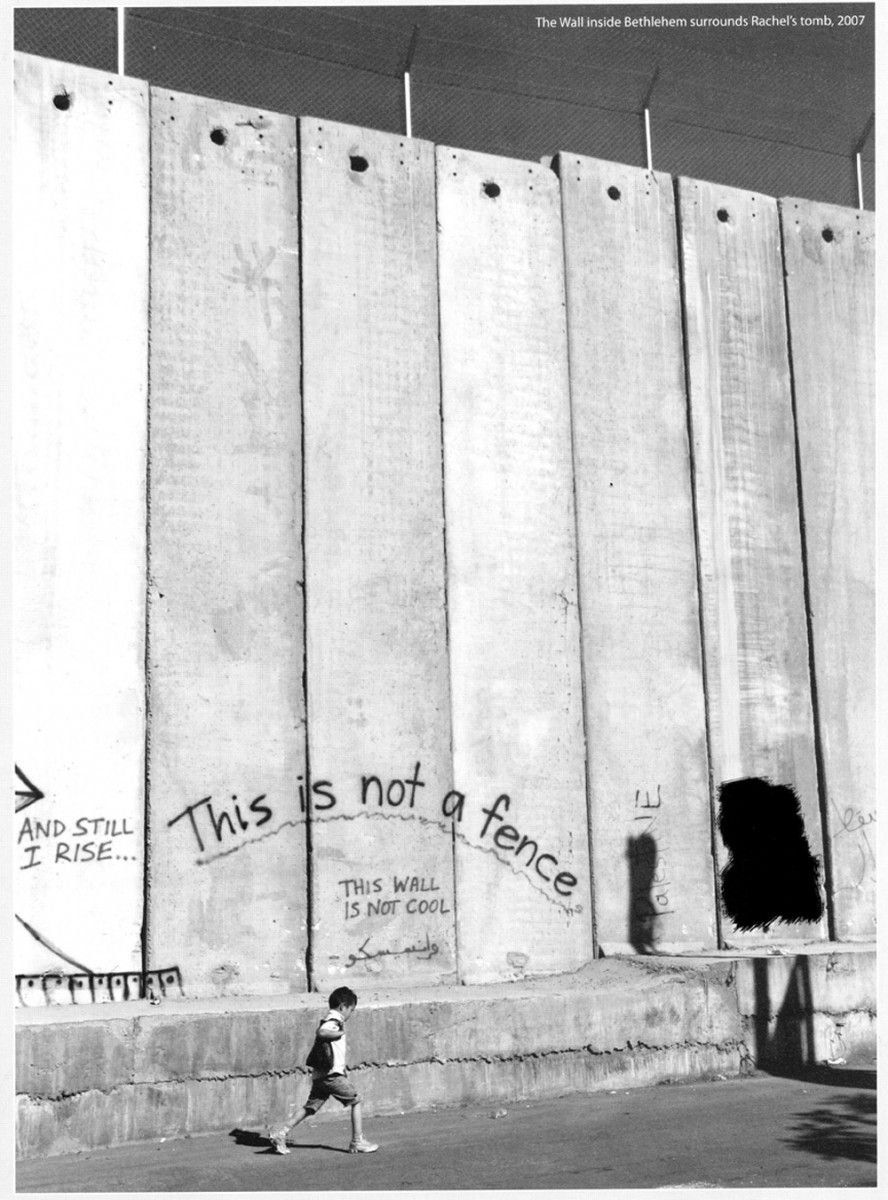
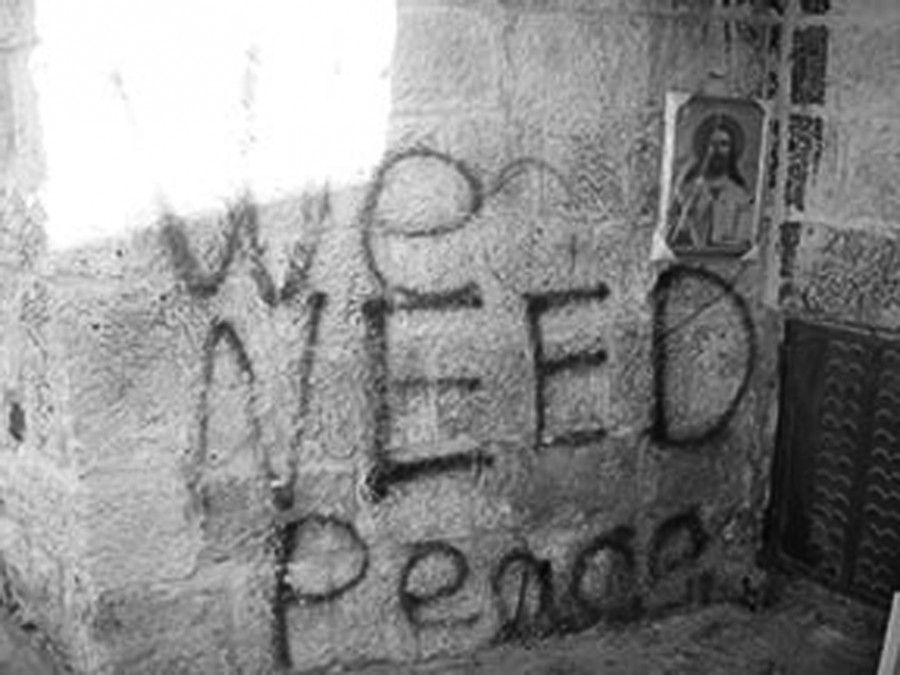
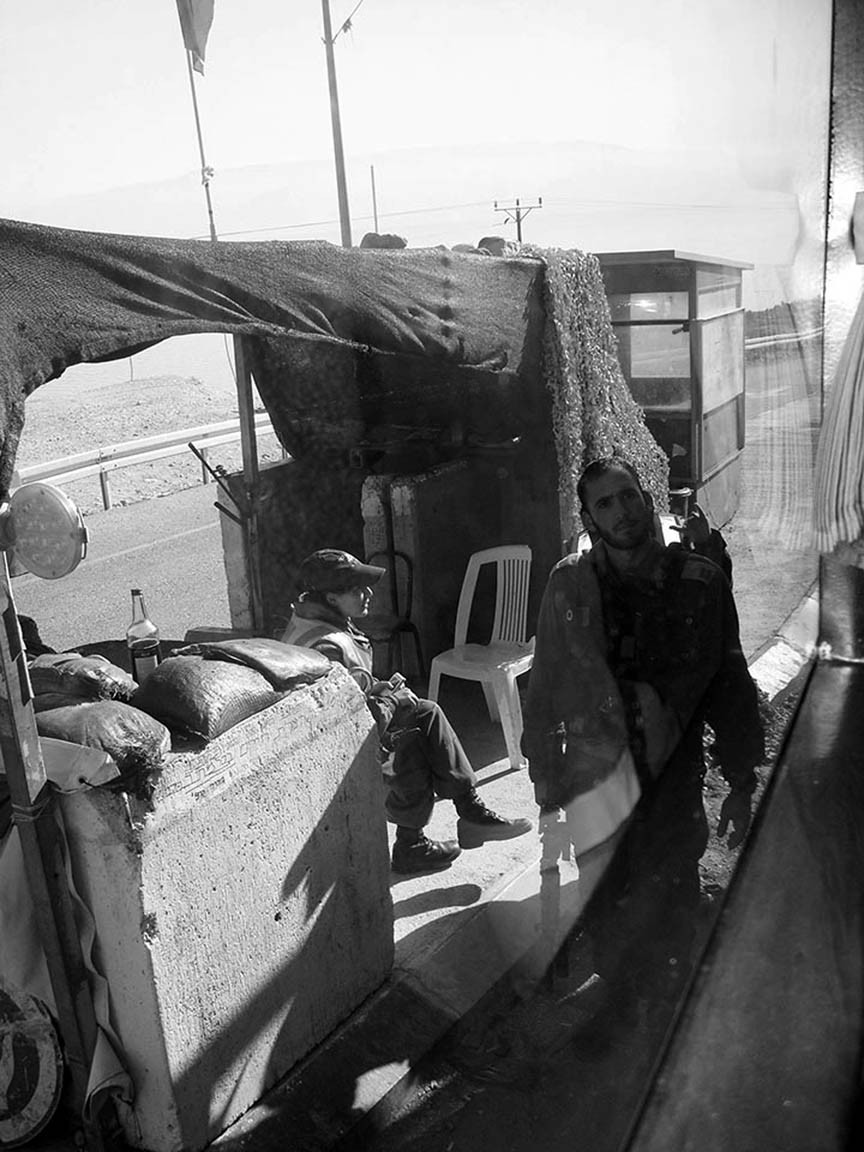
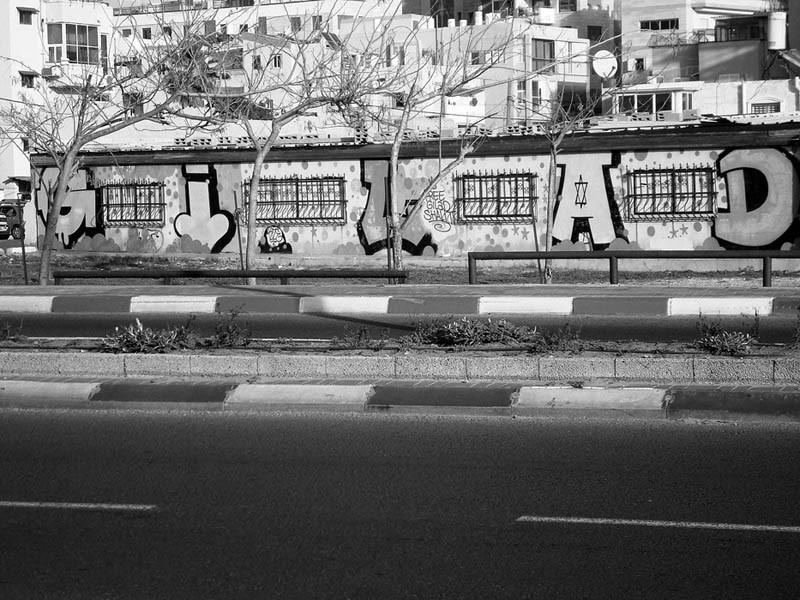
_600_832_s.png)

